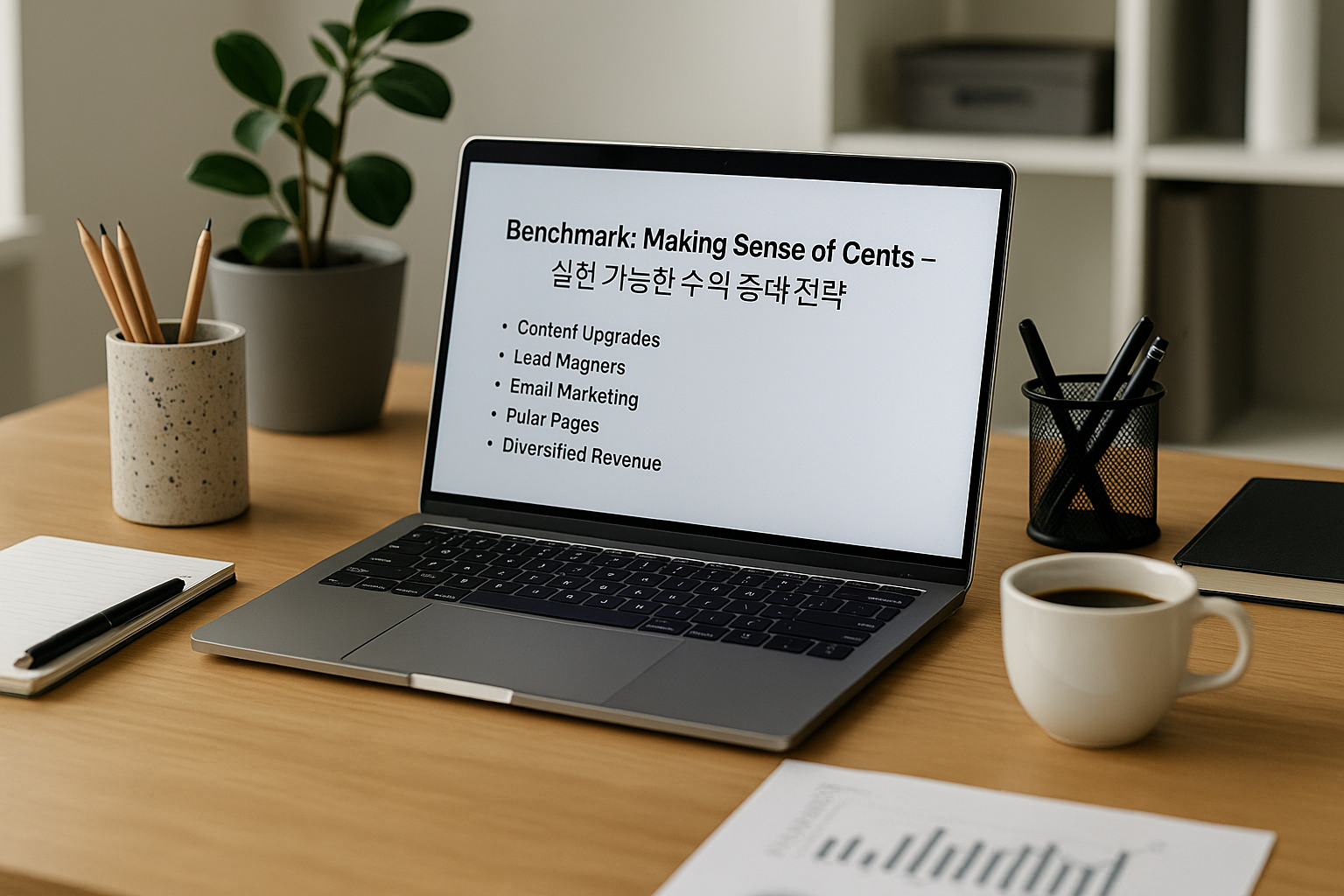Introduction
When direct affiliate links are not yet an option, you can still drive significant revenue by adopting proven strategies from top-earning blogs. Michelle Schroeder-Gardner’s Making Sense of Cents generates over $100K/month—yet many of her tactics don’t require immediate affiliate partnerships. In this article, we distill five practical, no-affiliate-link–dependent methods you can implement on your WordPress blog today to boost engagement, capture leads, and monetize your audience.
Body
- Content Upgrades & Lead Magnets
– Free Downloadables: Create a one-page PDF checklist, template, or mini-guide that complements an existing post. For example, a “5-Step Budget Planner” sheet tied to your finance tutorial.
– Inline CTAs: Embed a brief callout within the article (“Get your free planner!”) directing readers to an email opt-in form. This lifts conversion rates from 0.5%–1% up toward 5%+ without affiliate links. - High-Converting Email Nurture Sequence
– Welcome Series: After sign-up, send a 4–5 email sequence that delivers immediate value (tips, case studies) and gradually introduces your premium products or future paid offers.
– Segmentation: Tag subscribers by interest (e.g., “Beginner Finance” vs. “Advanced Saving”) to send targeted content, improving open rates (40%+) and click rates (10%+). - Evergreen Pillar Pages & Internal Linking
– Pillar Content: Develop a comprehensive, 3,000-word guide on a core topic (e.g., “Complete Guide to Building an Emergency Fund”).
– Cluster Linking: Publish 8–10 related posts (subtopics) and interlink them back to the pillar. This boosts SEO authority, increases session duration, and subtly promotes your lead magnets on every page. - Diverse Revenue Streams
– Display Advertising: Set up Google AdSense or a premium ad network. With targeted traffic, even 20,000 monthly pageviews can yield $200–$500 in ad revenue.
– Sponsored Content: Offer “Sponsored Post” opportunities to niche brands. A single sponsored article can command $300–$1,000, depending on your audience size.
– Digital Products & Courses: Package your expertise into a low-priced e-book or a mini-course. Even at $20–$50 each, a modest 1% purchase rate on 5,000 subscribers equals $1,000–$2,500. - Data-Driven UX & Conversion Optimization
– Heatmaps & Scrollmaps: Use Hotjar or Microsoft Clarity to identify where readers drop off and which elements attract clicks. Relocate high-value CTAs into the “hot zones.”
– A/B Testing Headlines & Forms: Experiment with different post titles, button text, and form placements. Small lifts of 5–10% compound over thousands of visitors into substantial gains.
Conclusion
Even without immediate affiliate partnerships, you can accelerate your blog’s monetization by focusing on lead capture, email marketing, SEO-driven pillar pages, diversified revenue streams, and UX-centered optimization. By methodically implementing these five pillars, your WordPress site will be poised not only to attract more readers but also to convert them into paying subscribers, customers, and sponsors—laying the groundwork for sustainable, six-figure revenue in the months ahead.
